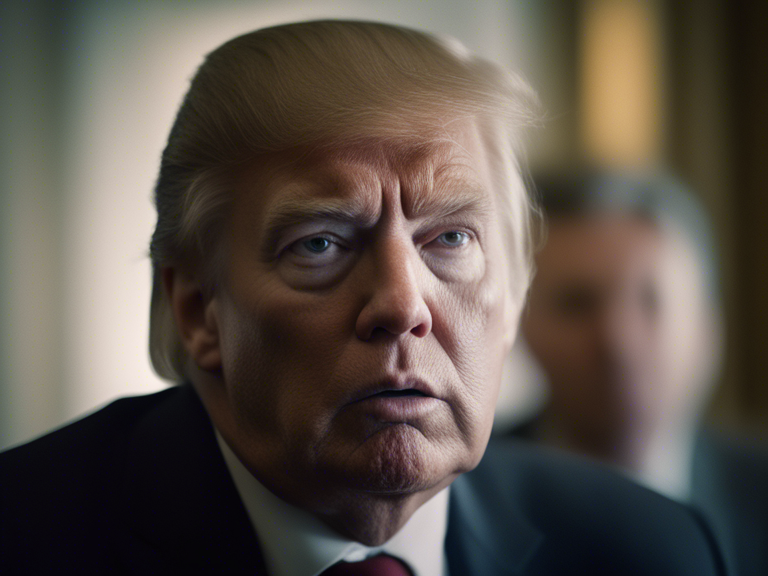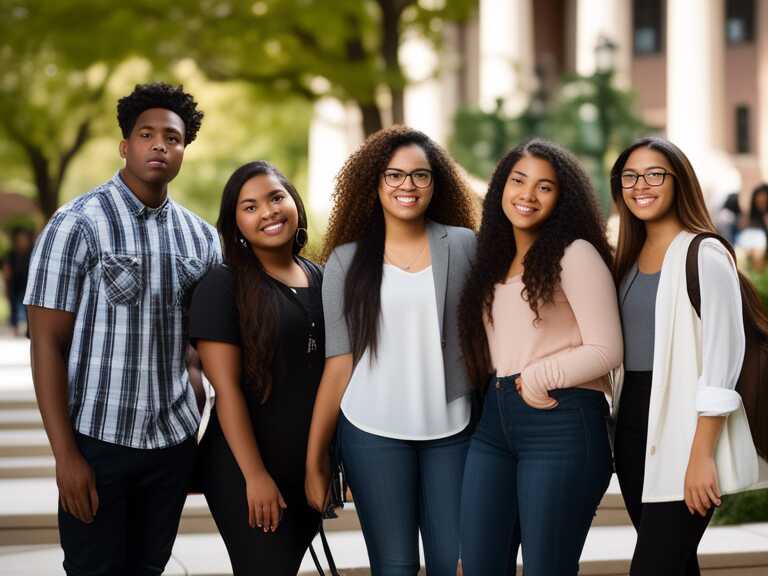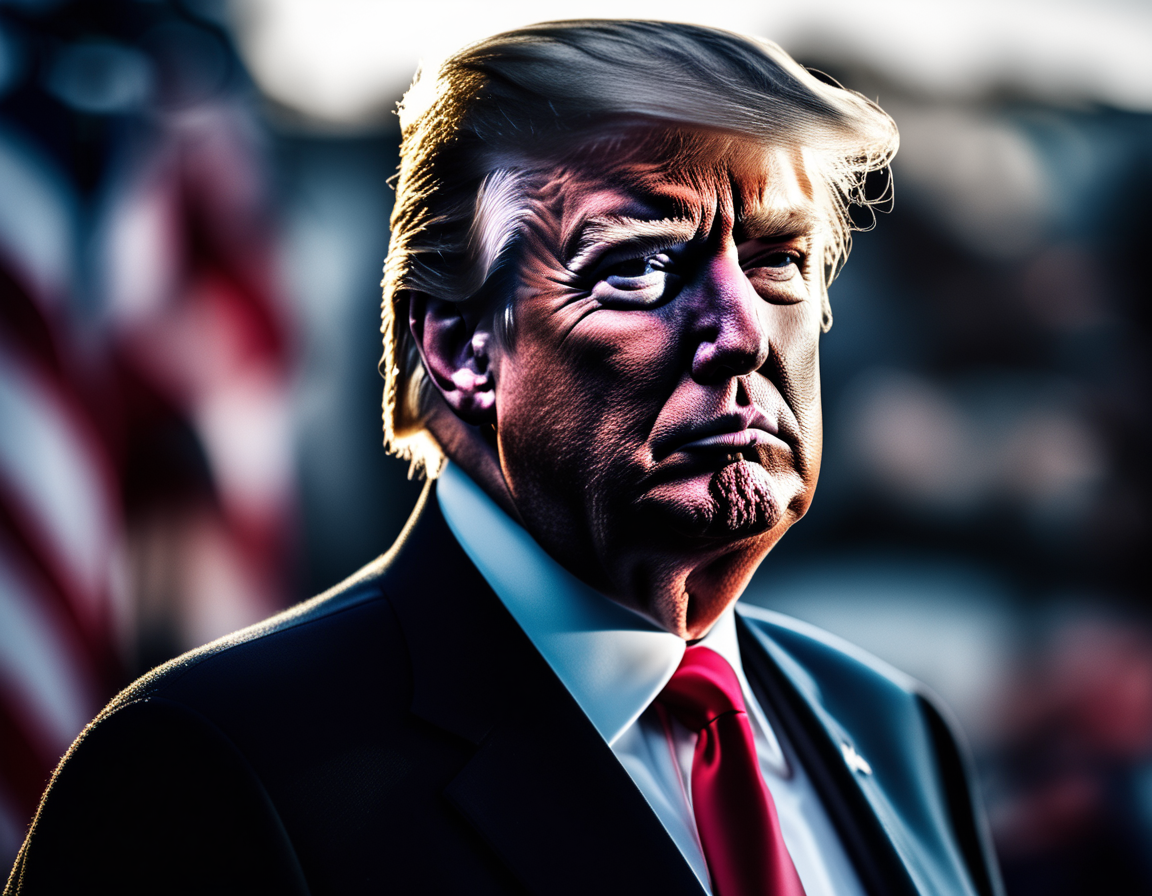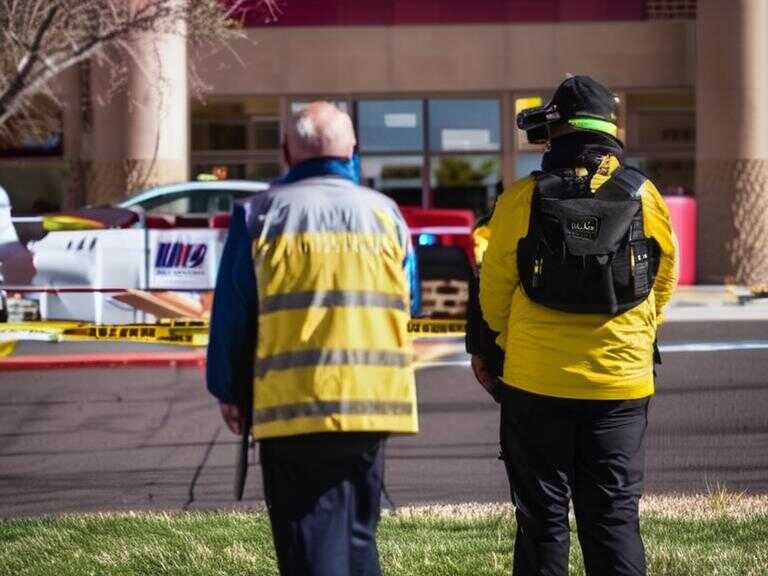
Top Universities See Drop in Black Enrollment Following Supreme Court Ruling Against Affirmative Action
Black enrollment has dropped at several top universities after the Supreme Court's ruling against affirmative action, reshaping admission processes and diversity efforts.

Since the Supreme Court's ruling on affirmative action, several leading universities have reported a drop in Black student enrollment for the 2024 academic year. Institutions such as Amherst College, the Massachusetts Institute of Technology (MIT), and Washington University in St. Louis are among the affected. Mount Holyoke President Danielle Holley expressed the impact of the decision, stating it fundamentally altered the application process and forced schools to rely on outreach programs and personal statements to meet their diversity goals.
Impact of Supreme Court's Ruling
The Supreme Court's ruling struck down affirmative action programs at the University of North Carolina and Harvard, declaring them unlawful as they violated the Equal Protection Clause of the Constitution. The court's decision had far-reaching consequences for other universities, leading to decreased Black student enrollment in their incoming classes. For instance, MIT reported that only about 5% of its incoming class of 2028 is Black, a significant decline from the previous 13% average. Similarly, Amherst College saw a drop from 11% to 3% Black students in its classes of 2027 and 2028, respectively. Smith College also experienced a decrease, with 4% of its incoming freshman class identifying as Black, down from 4.6% the previous year.
While some universities like Yale and Sarah Lawrence College have maintained or slightly increased their Black enrollment, others, like Washington University in St. Louis and Tufts University, have seen notable declines. Tufts, for instance, experienced a 2.6 percentage-point drop in Black first-year students, with the percentage of U.S. students of color in the first-year undergraduate class decreasing from roughly 50% to 44%.
Student Perspectives
Students have expressed mixed reactions to the Supreme Court's decision and its impact on college admissions. Flematu Fofana, a freshman at Yale, shared her emotional response to the ruling, highlighting concerns about the potential impact on her college prospects as a Black student. She noted that the ruling prompted her to reevaluate her application strategy, shifting her focus to highlight her race in the application process and place greater importance on diversity when selecting colleges.
President of Mount Holyoke, Danielle Holley, also voiced her concerns regarding the court's ruling and its implications for the application process. She expressed that the ban on inquiring about race in admissions demographic data compelled the school to adapt its approach to meeting diversity goals. This shift in the application process, according to Holley, had a profound and fundamental impact on how the school evaluates prospective students.
Shifting Enrollment Patterns
The Supreme Court's ruling has resulted in a notable decline in Black student enrollment across several universities. The decrease in Black student representation in incoming classes has raised concerns about the impact on the diversity and inclusivity of these educational institutions. Moreover, the ruling has also led to shifts in enrollment patterns for Asian American students in some colleges, with a decrease in their enrollment reported at institutions such as Smith College, Yale, and Tufts.
The Supreme Court's ruling was a significant victory for those who opposed race-based considerations in school admissions, but it also sparked controversy and debate among different racial and ethnic groups. Conservative activist Edward Blum, who led the effort to eradicate affirmative action in college admissions, expressed his support for the ruling and its implications for college selection processes. However, some Asian Americans criticized Blum's claims, arguing that he exploited their experiences for his agenda against affirmative action.
Future of College Admissions
The impact of the Supreme Court's ruling on college admissions and enrollment patterns continues to shape the landscape of higher education. As universities adapt to the new legal landscape, they are navigating the challenges of maintaining diversity and inclusivity in their student bodies without the consideration of race in the admissions process. The changes in enrollment patterns will likely necessitate a reevaluation of admissions strategies and outreach efforts to ensure a balanced and representative student population in the face of evolving legal and societal dynamics.
Share news















